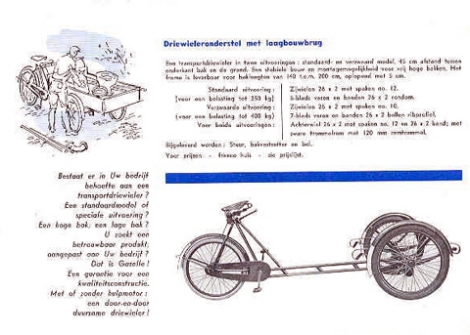1950s Gazelle Dutch Commercial Delivery Trike – ‘Bakfiets’
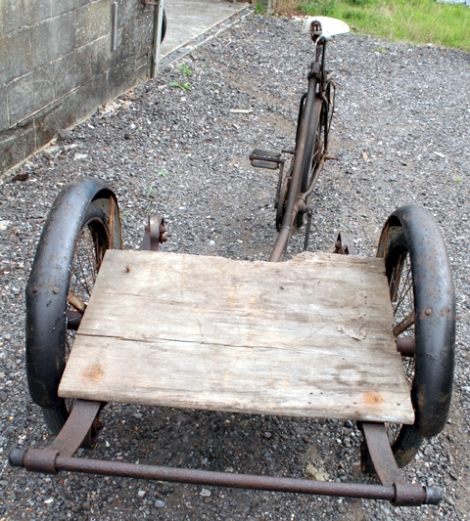
I rescued this this old Dutch trike from the store room of a bicycle museum. They knew nothing about it, and I don’t know much about it yet. As my research progresses, I’ll add the information to this page.
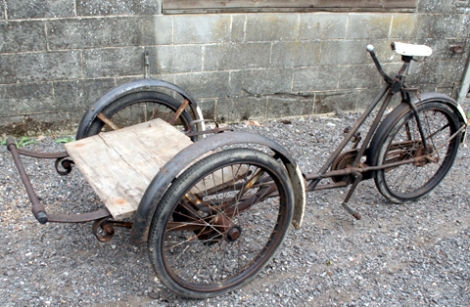
The first job will be to find a large wooden box to go on the front. The weekly Brighton market is the best place to find one, so I’ll have to start getting out earlier on Sundays for a while.
Though I don’t know to what extent the Dutch manufacturers copied each others’ designs, the advert for the 1964 Gazelle, above, looks similar enough to consider this to be a Gazelle.
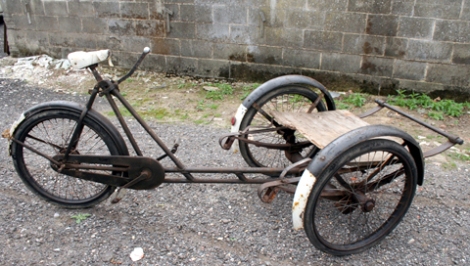
Identifying anonymous vintage bicycles and tricycles is not particularly easy. I often get emails from folks who assume I can immediately identify or date their cycle. I work full-time and have to plough through google in my spare time looking for clues to identify many of my own, so I’m unlikely to have enough time to help them.
More time-consuming is reading all my old magazines to try and find adverts or articles that might help. Even old-time members of the veteran cycle clubs, who’ve been around old bikes for longer than me, have similar difficulty, and every issue of the News & Views magazine has pictures of bikes that people want to identify.
Nevertheless, I often surprise myself. Though I’d completely forgotten about it, I found the Gazelle advert (above) on one of my other websites! So I emailed Herbert in Holland to ask his opinion. He has an excellent website http://www.rijwiel.net that I recommend you browse if you like Dutch bikes. His reply is at the bottom of the page.
*****************
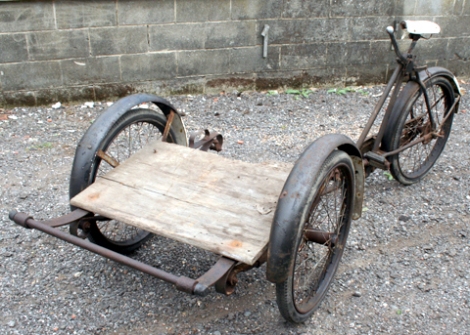
This bakfiets is in very sound condition, and will not take much to put back on the road.
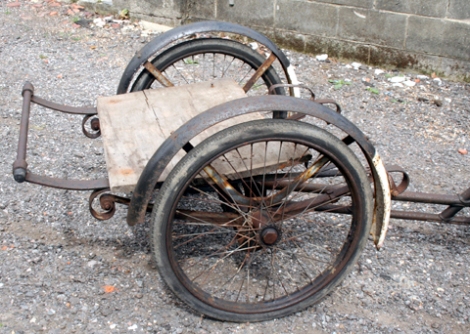
With those large front springs, it’s quite a heavy-duty carrier.
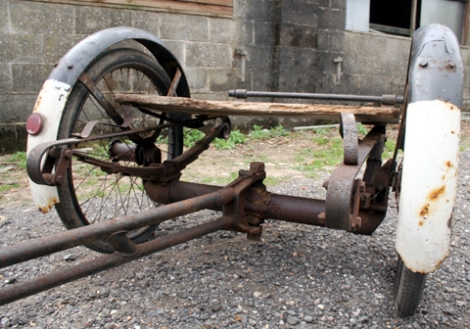
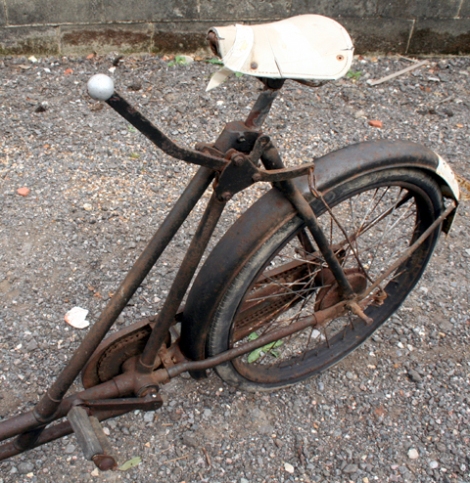
Tyres and tubes are ready to fit.
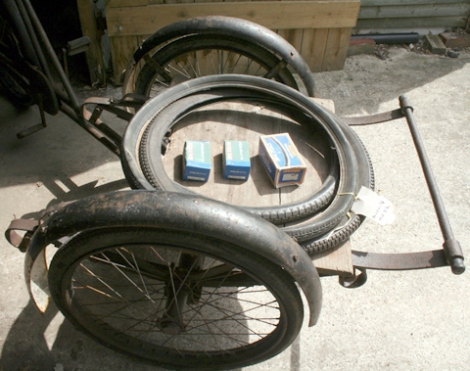
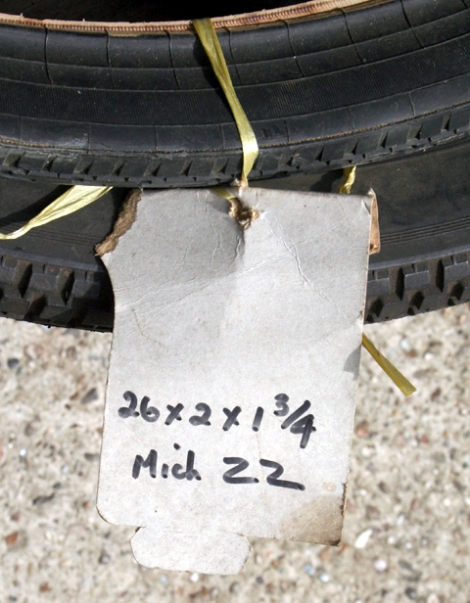

Though I assume a large wooden box is what it would have originally had on the front – with the box itself being its means of steering – I am rather tempted to turn it into a ‘cyclemotor recovery vehicle’ by fitting an engine somewhere and ramps on the front to load two or three cyclemotors.
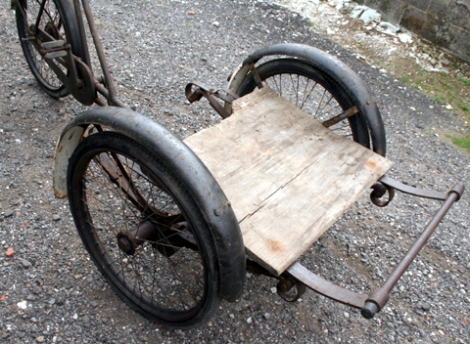
It could see useful service trailing behind on cyclemotor runs to pick up the stragglers when they break down.
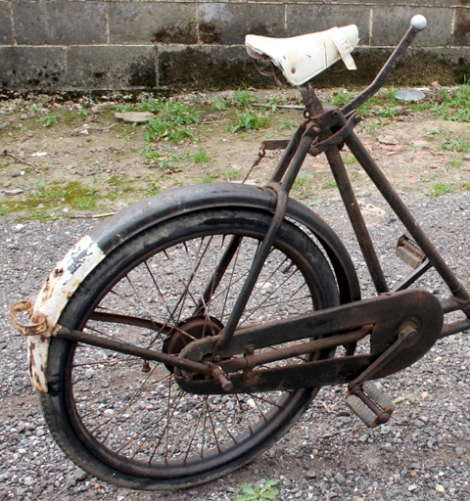
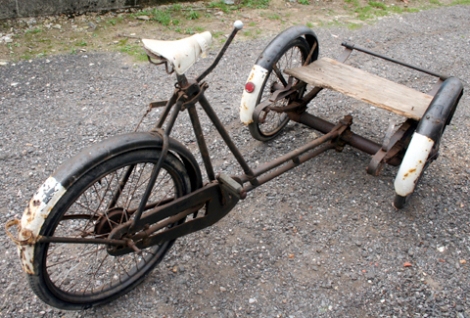
****************
Not being absolutely sure of the manufacturer of this old bakfiets, I emailed a colleague in Holland to ask his opinion.
Dear Colin,
nice to hear from you and your interesting new acquisition. First I must say that these carrier tricycles are not a specialism of mine. But I’ll try to tell you what I know.
In Holland, carrier tricycles were mainly sold from the early thirties until the end of the
fifties. But in large cities you still see some of these old ones in use. Before the war they were
usually indicated as “carriers”, later the Dutch word “bakfiets” was used. But if you search for “bakfiets” on the internet nowadays, in 99% of the cases you will find the modern successors used in cities to carry young children.
A characteristic of many post-war bakfietsen (50’s) was the use of a small auxiliary motor or a heavier “real” motor. Motorized carriers usually had a heavier single horizontal girder instead of the twin tubes above each other which the older man-powered carriers had. But the old type continued to be in production in relevant numbers until the end, sometime in the 60’s. See as an example the attached scan from the Gazelle annual report 1960/61.
I don’t know anything about brand-specific characteristics, so I can’t tell you the manufacturer of your carrier tricycle. But I think that Gazelle is indeed a very good guess. Most carriers with double girder tubes had vertical joints in between, but with yours they are diagonal like in the Gazelle-scan I send you and in the scan on your website as well. Moreover, the diagonal frame tube from the seat to the first joint is straight with your carrier and with Gazelle, while some other manufacturers gave this tube a bent shape. See for comparison the attached scan from a 1940 Durabo brochure.
Carriers were sold with a wooden box or just plain so the client could have a box tailor-made by some carpenter. Bicycle/carrier manufacturers offered usually different kinds of boxes for different professions, like ice-cream traders, fish traders, milkmen, street garbage collectors and other purposes. But in most cases you see these old “bakfietsen” fitted with a simple box like on the picture “Hulpmotordriewieler” on the attached Gazelle-scan. Note that in any case the box carries a bar to put both hands to steer the vehicle!
I think, historically it would be the best guess if you leave your carrier without a auxillary
motor but just have a simple box, tailor-made to the size of the chassis. Of course, riding a
carrier just with man power is a tough thing if the landscape isn’t just plain like in Holland.
I hope this helps for a general idea,
best wishes,
Herbert
Many thanks to Herbert for the scans below…
*******************
1960/1961 GAZELLE COMMERCIALS
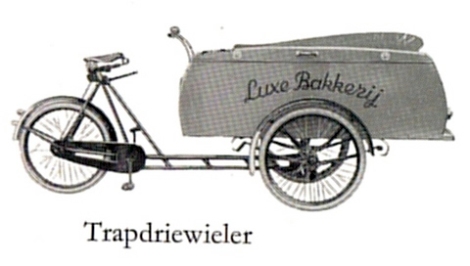
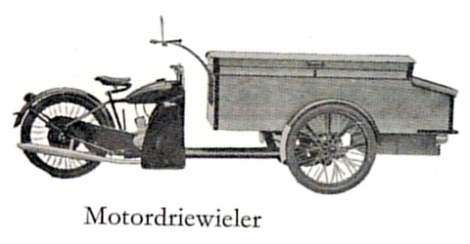
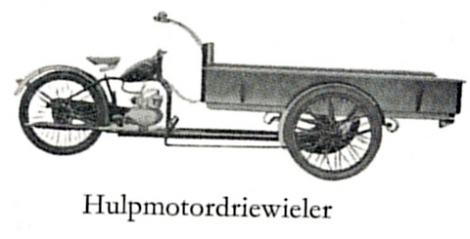
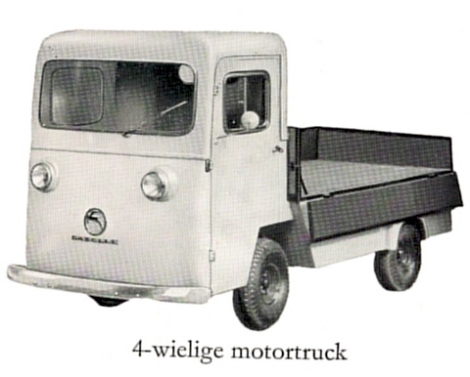
*******************
1940s DURABO COMMERCIALS
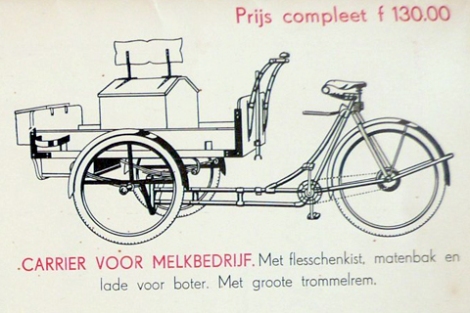
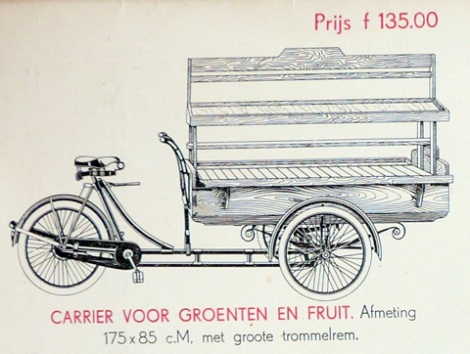

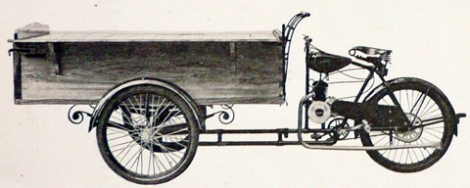
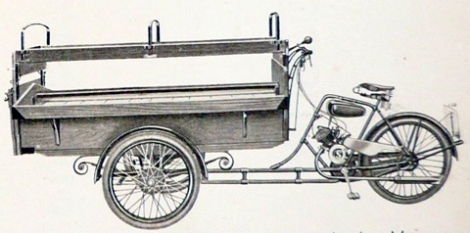
*******************
I also have this brochure, given to me by my friend Alan B of Worthing, a collector of three-wheeled monsters. Islok was another Dutch manufacturer of bakfiets, and you can see one of their brochures below used to advertise their trikes in Great Britain. The ‘iceman’ trike is interesting: note that this is not an ice-cream trike, but comes from the days when blocks of ice were distributed in this way.
ISLOK HANDELMY
Marsweg 9, Zwolle, Netherlands
FOR ALL COMPANIES!
Carriers for bakers and grocers,
for milkmen and greengrocers,
for plumbers, scrap dealers, and icemen.
Carriers in several shapes and sizes, made of wood or steel.
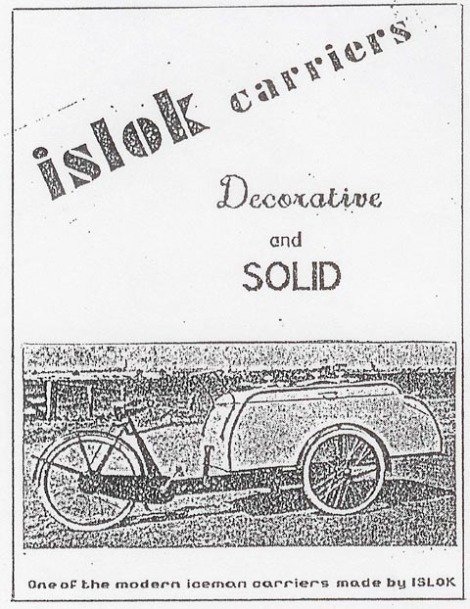
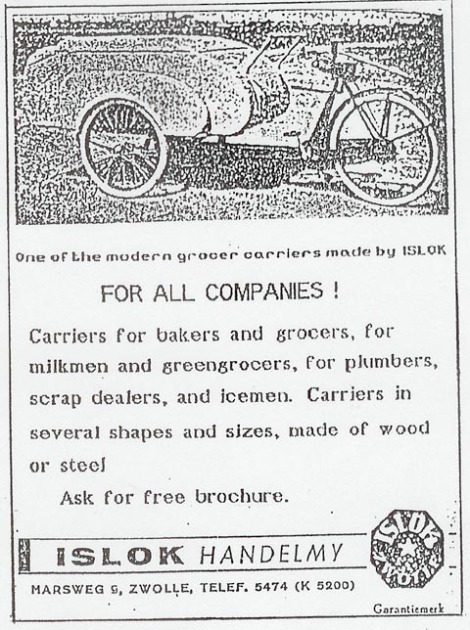
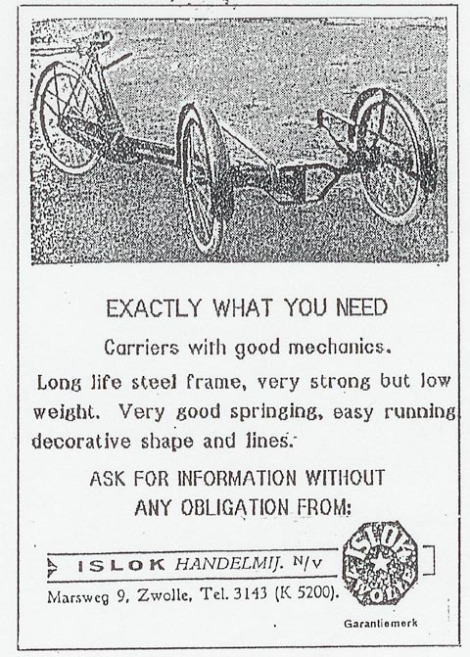
***********************
This page also appears on the Tradesman’s Delivery Bike Museum website
